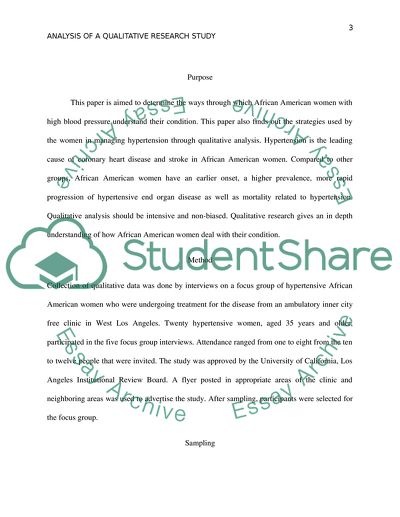Cite this document
(“QUALITATIVE RESEARCH QUESTION Article Example | Topics and Well Written Essays - 1250 words”, n.d.)
Retrieved from https://studentshare.org/nursing/1664461-qualitative-research-question
Retrieved from https://studentshare.org/nursing/1664461-qualitative-research-question
(QUALITATIVE RESEARCH QUESTION Article Example | Topics and Well Written Essays - 1250 Words)
https://studentshare.org/nursing/1664461-qualitative-research-question.
https://studentshare.org/nursing/1664461-qualitative-research-question.
“QUALITATIVE RESEARCH QUESTION Article Example | Topics and Well Written Essays - 1250 Words”, n.d. https://studentshare.org/nursing/1664461-qualitative-research-question.


